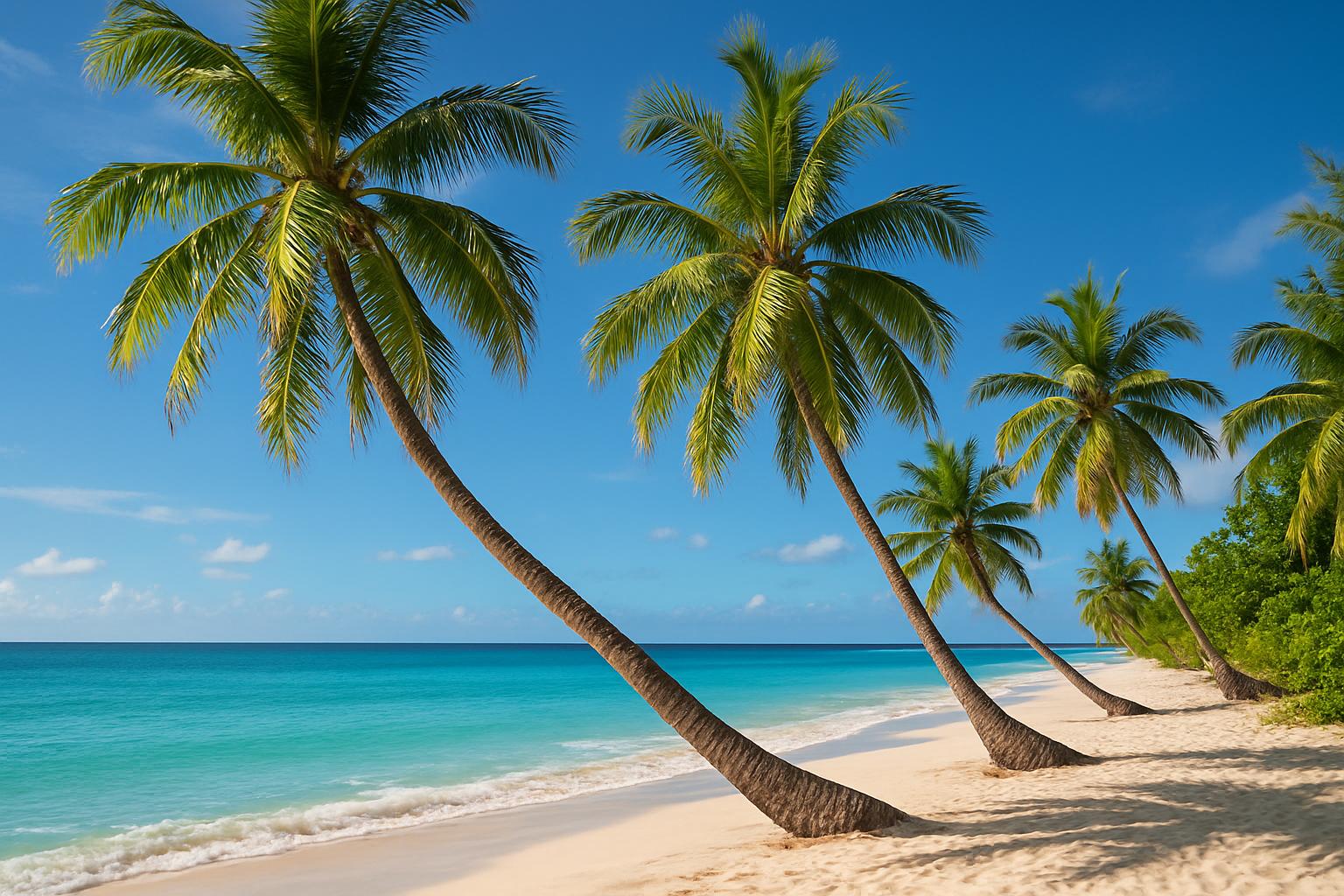Overview of the Fishing Competition
The local fishing competition held on Corn Island, Nicaragua, is an annual event that draws both local and international anglers, becoming a focal point for showcasing exceptional fishing skills. This competition is more than a mere contest; it serves as an important cultural event, weaving together community bonds while also promoting sustainable fishing practices. Participation in such an event enriches local traditions and raises awareness about ecological impacts on marine life.
History of the Event
The fishing competition on Corn Island has deep-rooted historical significance, dating back several decades. Initially established by local fishermen, the event was a friendly way to compare their skills and techniques. Over time, it has evolved significantly, transitioning from informal gatherings to a structured event that garners attention from wider audiences. The transformation included clearly defined rules and the introduction of attractive prizes.
In its early days, the competition was characterized by a more relaxed approach, reflecting the local community’s affinity for the sea. However, as interest grew, both from within Nicaragua and from international fishing enthusiasts, the need for a formal structure became apparent. The establishment of formal rules and a committee to oversee the event helped manage its growing size and complexity. This evolution made it possible for the competition to host a diverse group of participants, contributing significantly to local tourism and economy.
Event Structure
The structure of the competition is designed to maximize participation and enjoyment. Typically spanning multiple days, it provides ample opportunity for anglers to showcase their abilities. This extended timeframe allows participants to engage deeply with the event, exploring various fishing techniques and targeting different species. The competition reflects a dedication to diverse fishing styles, offering a comprehensive experience that aligns with the interests and skills of each competitor.
Categories
The inclusion of multiple categories within the competition ensures that a wide range of fishing enthusiasts can participate. Competitors are allowed the flexibility to choose from several categories, including but not limited to:
Deep-Sea Fishing: This category stands out as the main attraction. Anglers venture into deeper waters with the aim of catching larger fish species. It demands not only skill but also a good understanding of marine behavior and the safe operation of fishing vessels.
Shoreline Fishing: Participants in this category fish from the shore, targeting smaller species. Despite being less demanding than deep-sea fishing, it requires precision and patience, making it suitable for a broad audience.
Catch and Release: Central to promoting conservation, this category requires participants to catch fish and then release them back into the water. It emphasizes sustainability and educates participants on the importance of preserving marine life for future generations.
Rules and Regulations
The competition adheres to a strict set of rules designed to ensure fairness and safety for all participants. These regulations are comprehensive, covering several aspects, such as:
Equipment: Permitted types of fishing equipment are specified to maintain fairness across participants. These limitations prevent any technological advantages that could skew results.
Size Limits: To qualify for prizes, fish must meet certain size requirements. This rule helps regulate the competition and protect smaller or juvenile fish from being unnecessarily caught.
Conservation: Emphasizing sustainable fishing practices, the event imposes penalties for any breaches of conservation rules. This focus is critical in maintaining healthy fish populations and ensuring the long-term viability of the fishing community.
Prizes and Recognition
The competition offers a range of prizes to winners in each category, creating strong motivations for participation. Prizes often include sophisticated fishing gear, which is both practical for avid fishermen and symbolic of their achievements. Cash rewards are equally significant, providing financial incentives. Beyond material prizes, the competition offers invaluable recognition within local media and the fishing community, which can greatly enhance the stature and profile of successful participants, opening up further opportunities within and beyond Corn Island.
How to Participate
Participation in the competition is open to all interested individuals, with registration available both online and in person. This accessibility ensures that a wide variety of anglers can participate, from local residents to international visitors. Detailed information about the competition, including registration steps and additional resources, can be found on the official Corn Island fishing competition website. Those eager to engage with the event can easily navigate this information and secure their place in the competition, thereby ensuring a diverse and competitive field of participants.
Conclusion
The annual fishing competition on Corn Island stands as a remarkable event that not only highlights the island’s rich marine resources but also demonstrates the community’s dedication to sustainable fishing practices. Whether you are a seasoned angler or simply a curious observer, the event offers a unique opportunity to witness local culture and the artistry involved in fishing. It underscores the importance of marine conservation, encourages skill sharing among participants, and fosters an appreciation for the delicate balance of marine ecosystems. This event remains an integral part of Corn Island’s cultural heritage, bridging the past and the present while laying a foundation for a sustainable future.

